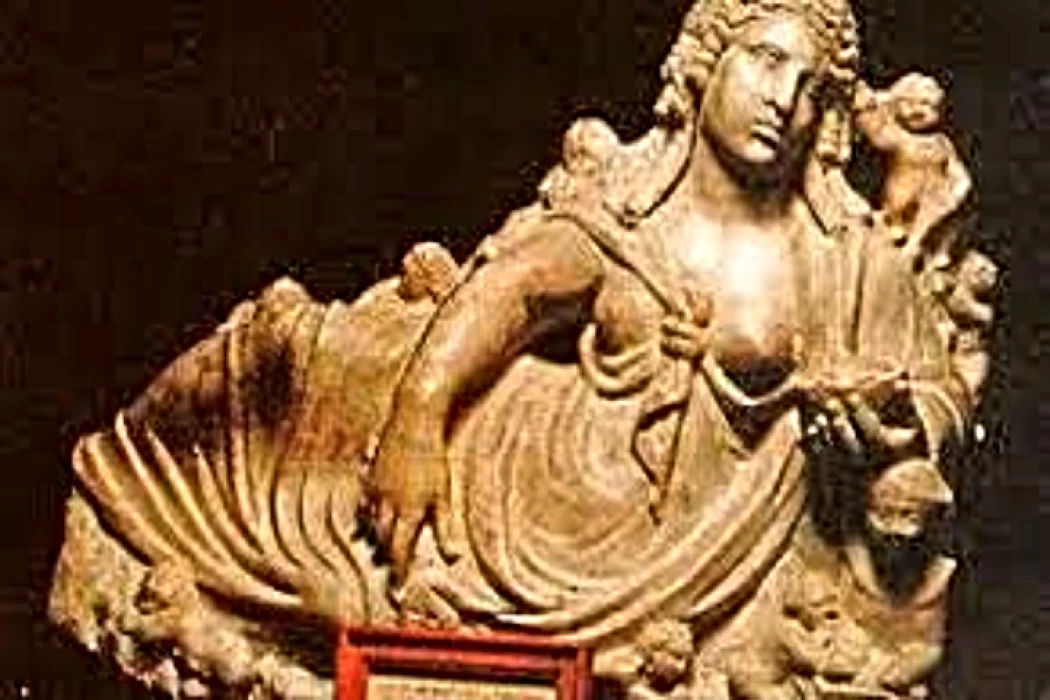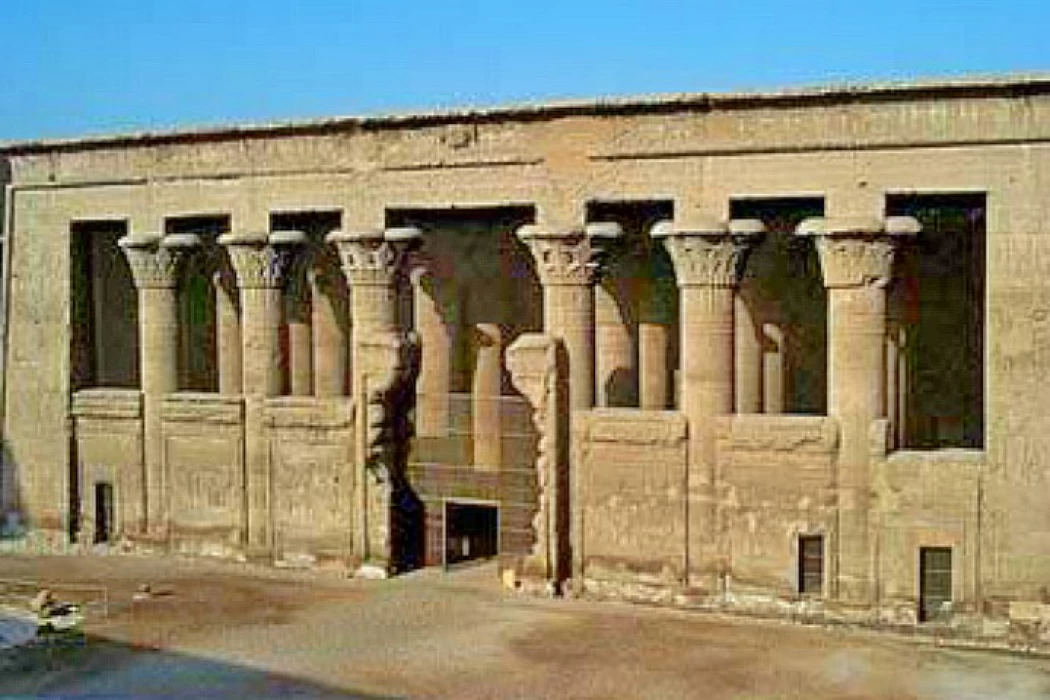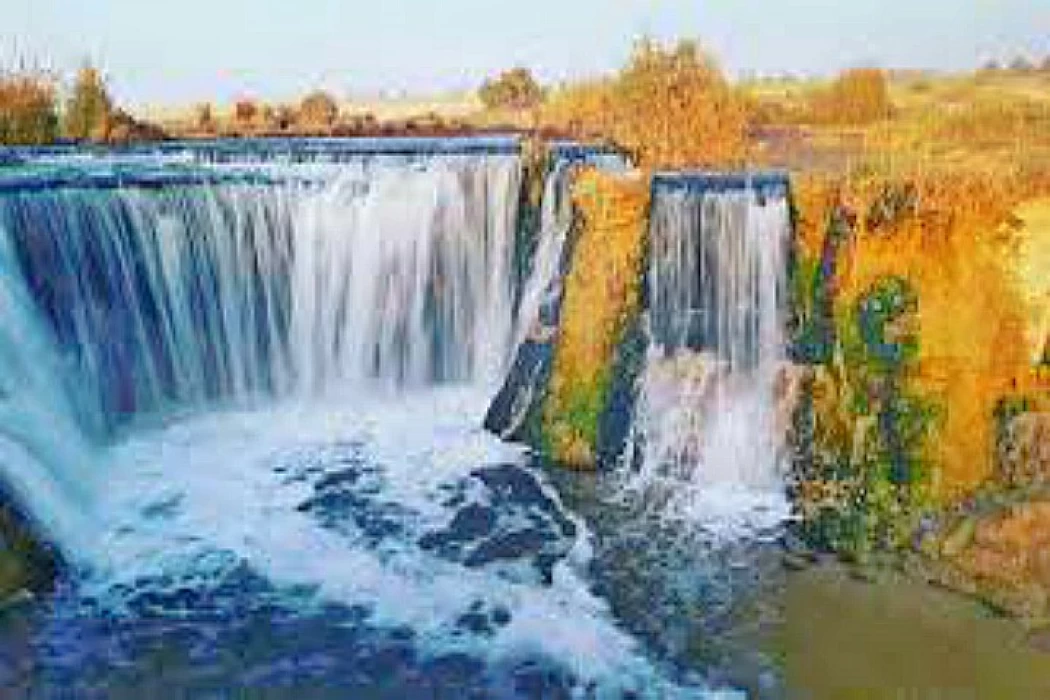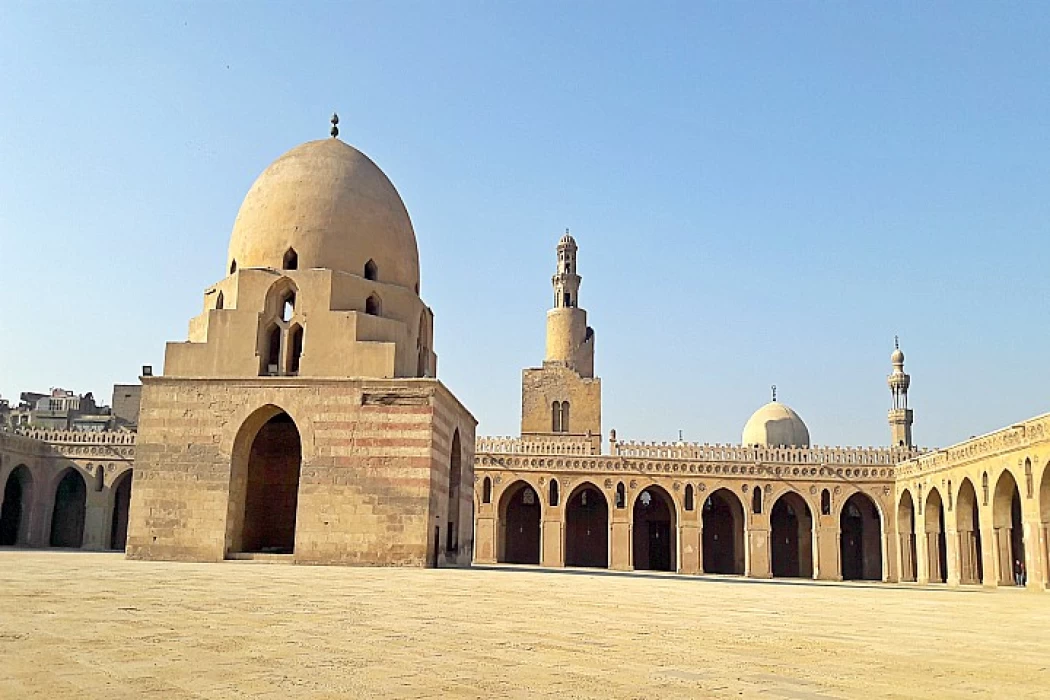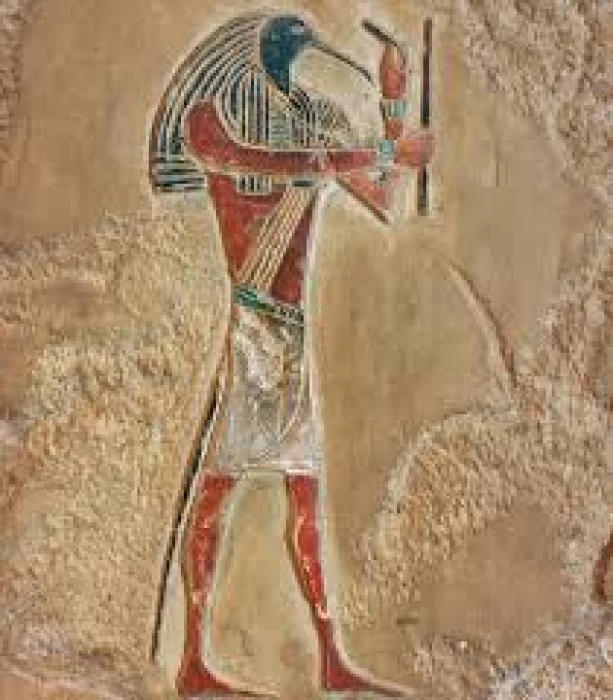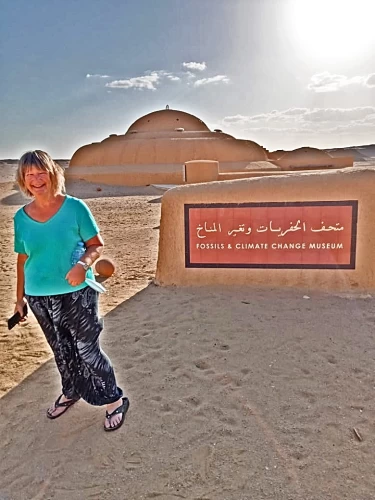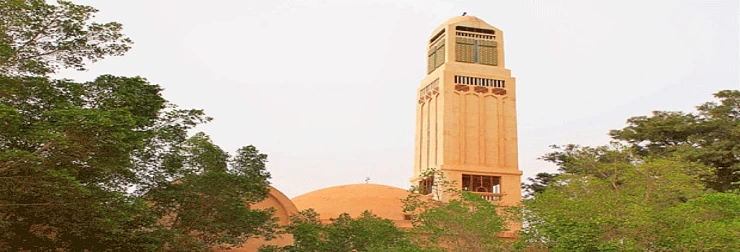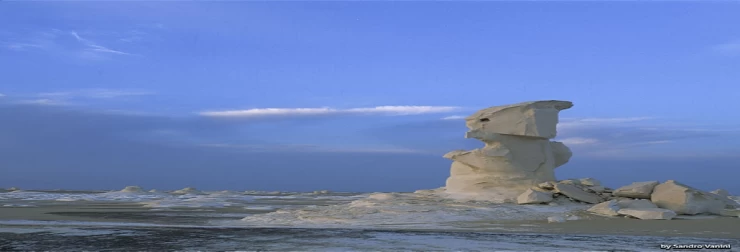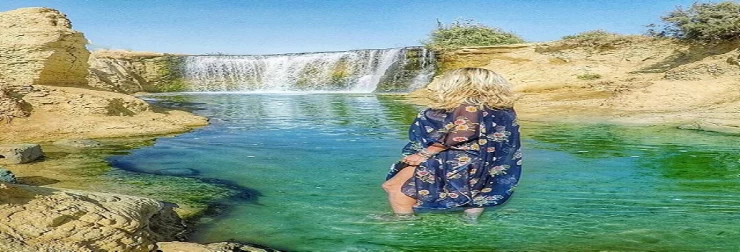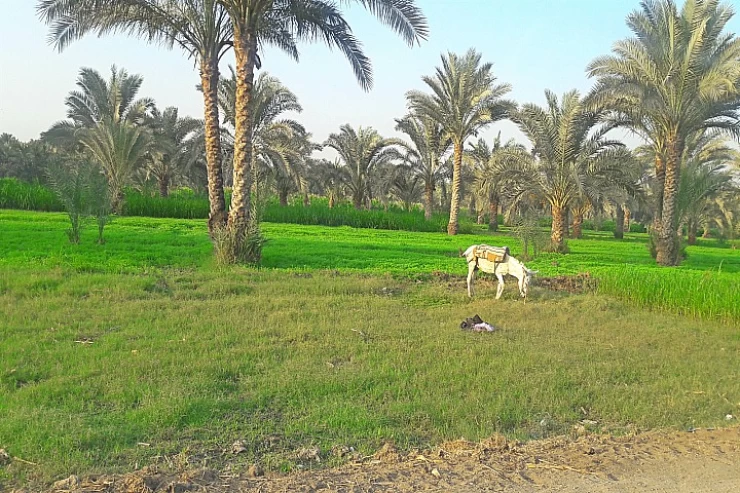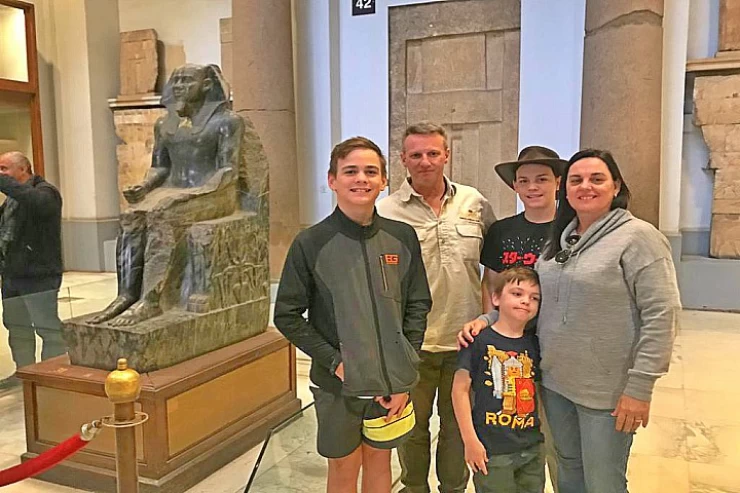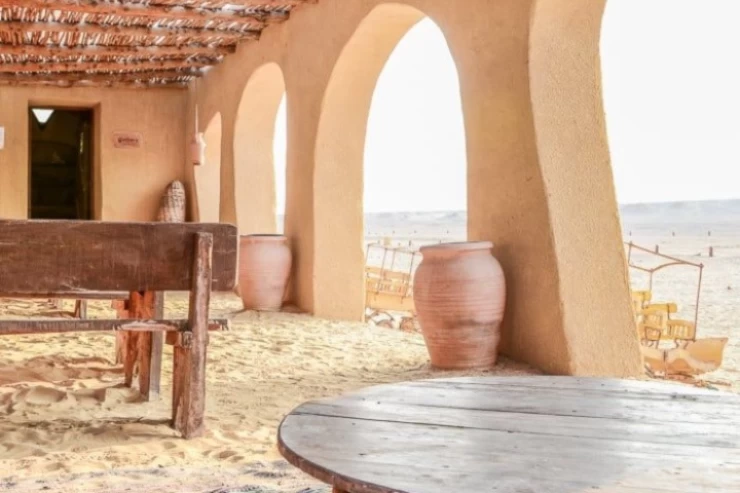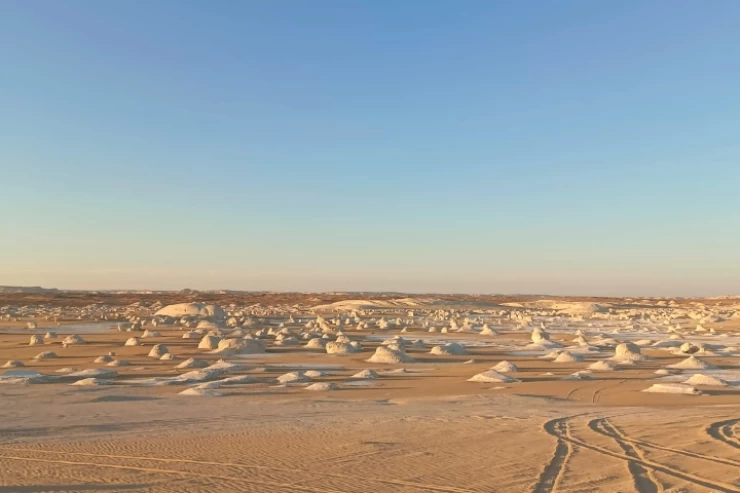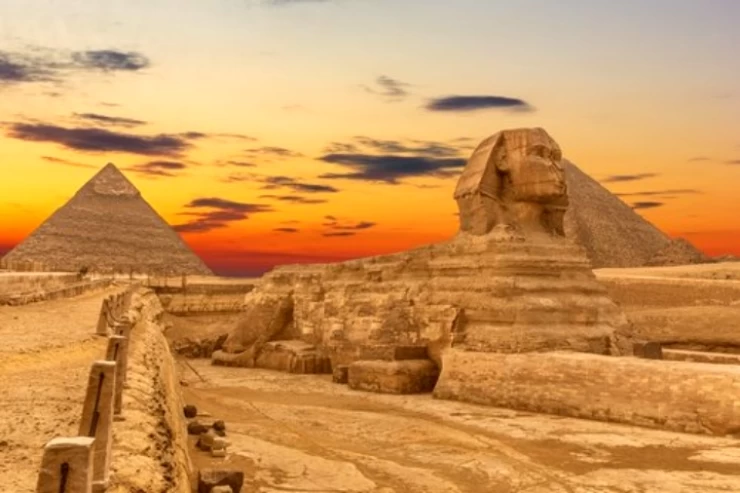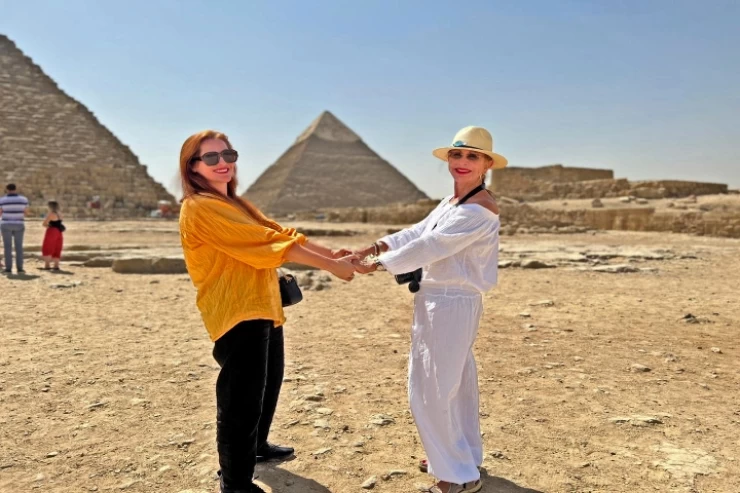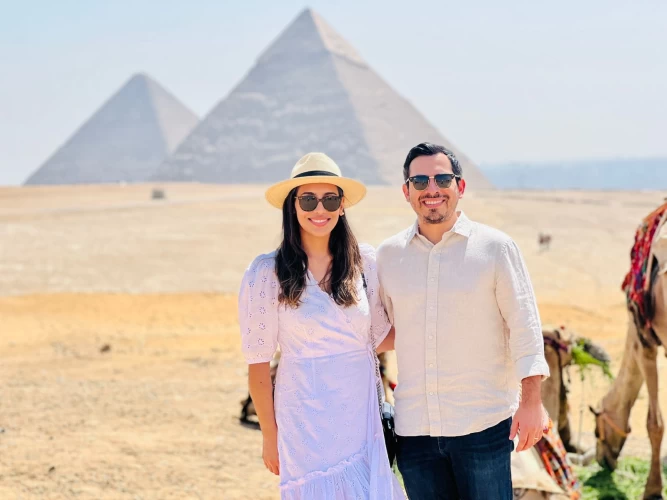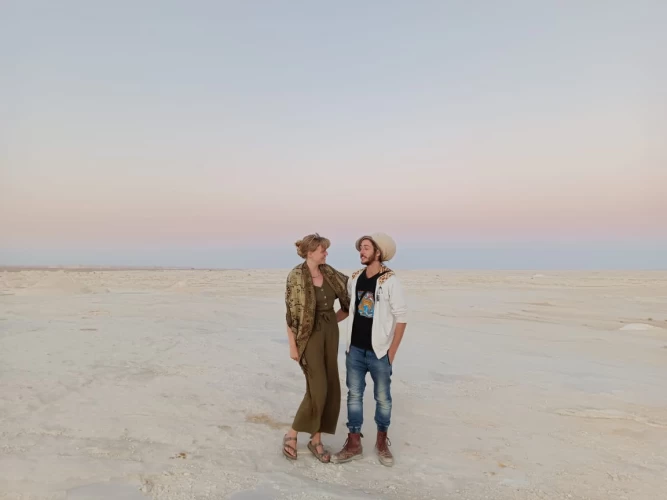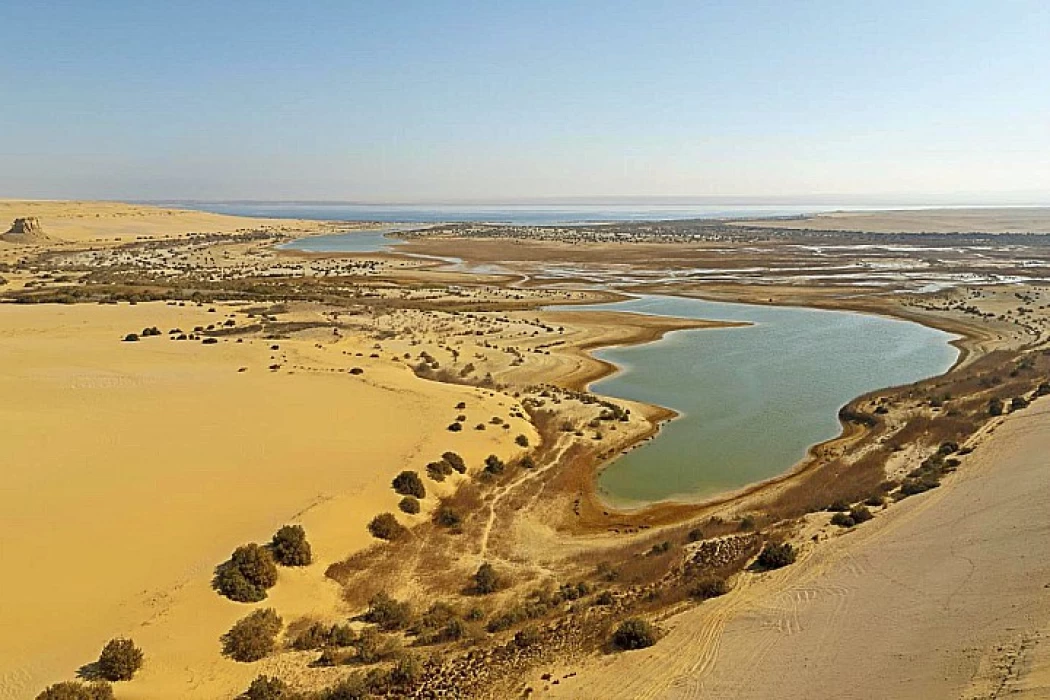
Al Fayoum
El Fayoum
Fayoum Governorate is one of the largest governorates in Egypt that attracts tourists from all over the world, as it includes many antiquities of various ancient eras, such as Pharaonic, Coptic, and Islamic, which indicates the many wonderful archaeological places.
Every year, the people of Fayoum celebrate a national holiday in honour of the stand they took against the English occupation, from which the 1919 revolution began and the expulsion of English colonization from Egypt to become an independent country.
What does Fayoum mean?
Fayoum was previously called by more than one name, like the island, and this is because of Lake Qarun, which surrounded it in the past, or called the city of the crocodile; even the Romans called it by the same name, but of course there are no crocodiles in it now.
Until the Copts, they called it the city of the sea, which is written (phiom), which is originally divided into two words, PHI, meaning the place, and the word IOM, meaning the sea, until they came after that in the Islamic era and called it the name Fayoum that we know.
Fayoum in History
In Pharaonic eras, the city of Fayoum was one of the places in the Twentieth Province and was considered a great place for fishermen, especially around Lake Maurice.
It was characterized as a wonderful agricultural area, especially during the Ptolemaic and Roman eras, but in the third and fourth centuries, because of the expansion of the Roman Empire, which led to the migration of Greeks to it and became a Greek province at that time, which led to a decrease in labour and lost its agricultural atmosphere.
Historians differed about the way Islam entered Fayoum, but it is known that they entered it and cared a lot about it until the 1919 revolution and the revolution against the British in order to liberate Egypt, and Fayoum became one of the most important and largest governorates of Egypt, and even today it is one of the most beautiful of Egypt's governorates, whether historically, economically, or even touristically.
As for the distinctive natural location of Fayoum, it is considered a low plateau, and although it is surrounded by the desert on 3 sides, it is filled with oases, valleys, and lakes like Lake Qarun and Wadi Al-Rayan, which are considered some of the largest tourist places that tourists visit annually.
Fayoum's natural landmarks
Qarun Reserve
This reserve is specialized in the presence of a lake of the same name and is considered one of the most beautiful landscapes in Fayoum, as this lake is distinguished by the presence of distinctive species of fish, for example, mullet and white shrimp. The reserve also has the wonderful waterfalls that characterize the Fayoum Governorate.
It is characterized by the presence of important fossils that have been around for millions of years.
For example, the world's oldest fossil, nicknamed Aegyptius after the ancient name of Egypt, as well as the Egyptian deer and some other desert animals.
Wadi Al-Rayyan
There are two famous lakes in Wadi Al-Rayyan, connected by the famous waterfalls there.
There are also many marine fossils and ruins in the area of Jabal Al-Mudawra.
wadi al hitan
It is located near Wadi al-Rayan and has many ancient fossils, so the government constructed the Fossil Museum in Wadi al-Hitan, which is considered the first fossil museum in the Middle East.
The main attraction of this museum is the Basilos whale, the largest fossilized whale in the world.
Tourist attractions
Pharaonic monuments
There are numerous monuments, such as the pyramid of Sela, which dates back to the Third Dynasty, and the temple of the Goldsmiths' Palace near Lake Qarun.
During the Fifth Dynasty, Amenemhat III constructed the temple of the god Sobek and later named it Arsinoe, like the name of his wife, and many relics of this dynasty were found in this area, including a statue of King Amenemhat III, some coins, and papyri.
There is another pyramid called the Pyramid of Hawara, which is made of mud brick, and its outer cladding is made of limestone, and it did not have a door to the burial room, but through the roof of the room, thieves were able to steal everything in the pyramid that was constructed by King Amenemhat III.
Near the pyramid there are many important areas, the most important of which is the tomb of Princess Neferopetah, daughter of Amenemhat III, which is located near the Sea of Joseph, and some valuable objects were found in this tomb, the most important of which is the necklace of this princess.
Amenemhat III also constructed a city called the Ruins of MADINAT EL MADY, but it did not remain intact because the Romans made some additional changes to it, but it is now the largest temple of the Middle Kingdom era.
Near the pyramid of Huwara, there is a temple for Amenemhat III called the Palace of Laburnet, which has two types of rooms, one half underground and the other half on the surface of the earth, and that the rooms below had the tomb of King Amenemhat III, but this palace did not have many ruins left of it.
The last pyramid found there was the pyramid of Al-Lahoun for King Senwosret III, who built it on a high place in order to open this pyramid by an English scholar and found in it a golden cross that was transferred to the Egyptian Museum, in addition to treasures for Princess Sat Hathor, and the workers' area for the pyramid of Al-Lahoun is the oldest city whose features are clear.
There is also an obelisk of King Senwosret I, which is unique in that its top was the king's crown, and its place at the gateway to the city of Fayoum was not where it was originally located, but it was moved to it in the last century.
Roman and Greek monuments
To the southwest of Lake Qarun is a palace called Qarun Palace, a relic of a former Greek city called Dionysus.
There is also a city from the third century BC called Kranis, where they constructed two temples to the god Sobek.
Once a shore of Lake Maurice was the Roman city of Tiptones, but what makes it special is the presence of a 12th Dynasty temple.
There are other cities and places from the Roman and Greek eras, such as the Daqlatian Castle and the cities of Bacchaeus and Philadelphia, where Greek papyri about the god Dionysius were found.
Coptic monuments
Fayoum Governorate is known for its many churches and monasteries, including the Monastery of the Virgin Mary, which is now called the Monastery of Anba Abram because of the presence of the body of this saint there, and it also includes icons of many Christian martyrs and saints.
There is another monastery there called the Monastery of the Angel Gabriel, or as they call it, the Monastery of Abu Khashaba, and this monastery is located on Mount Al-Naqloun, where it was built in the third century AD, and there are many caves where Christians used to hide from Roman persecution, and what distinguishes it most is that this monastery is the only one in Egypt that has the name of the angel Gabriel.
Islamic monuments
As there are churches and monasteries, there are also many mosques in Fayoum belonging to different eras, examples of which are the Hanging Mosque from the Osmanic era, which was built by Prince Suleiman bin Qasrouh, and what is special is that it is suspended on a high hill and also similar to the Azhar Mosque, so some call it the Azhar of Fayoum.
In the Mamluk era, the Qaitbay Mosque was built by the wife of Prince Muhammad ibn Qaitbay on the banks of the Yusuf Sea.
The Ruby Mosque, which was constructed by Sultan Barqouk, was also built similar to the Azhar Mosque, and the most unique feature of this mosque is the presence of the dome made of mud bricks.
There are also a few archways, such as the Lahoon archway built by Al-Zahir Baybars and the Khuld Asalbay archway, named for the wife of Sultan Qaitbay, Khuld Asalbay.
So the city of Fayoum is a wonderful and impressive city, as it contains many amazing monuments and beautiful natural landmarks, making it one of the most visited cities by tourists, and many monuments from different cultures and different eras are found in it.
Latest Articles
Admin
The Graeco-Roman Museum
The Greco-Roman Museum of Alexandria is Egypt's most important archaeological museum, displaying a wide and impressive array of antiquities of the Roman and Greek periods, a testament to Alexandria as a hub of culture and civilization in the ancient world.
Admin
Temple of Khnum
The Temple of Khnum in Esna is a great religious monument that stands as a living record of the excellence of Egyptian artists and priests during the Ptolemaic and Roman eras and should attract every lover of Egyptian history and civilization.
Admin
Beni Hassan Tombs
The tombs of Beni Hassan are among the most prominent evidence of the greatness of ancient Egyptian civilization, as they reflect the Egyptians' mastery of architecture and sculpture, as well as the minute details documenting aspects of their daily life and religious beliefs. These tombs, which date back to the Middle Kingdom, are not just burial sites but archaeological treasures that reveal the nature of Egyptian society at the time as well as its political and economic relations.
Admin
Wadi El Rayan
Wadi El-Rayan is one of the most important natural tourist attractions in Egypt, especially in Fayoum, where there are many wonderful places such as waterfalls and springs for medical tourism, as well as mountains for safari and camping.
Admin
Muslim Conquest in Egypt
Egypt became part of the Islamic world and played a pivotal role in Islamic and Arab history. The conquest had a different aspect than many conquests, as it was characterized by organization and negotiation, as well as military power.
Admin
God Thoth
Thoth served as the spiritual representation in Egyptian mythology whose divine nature embodied reason as well as justice and eternal wisdom. The legacy from Thoth spread throughout thinking, religion and science, thus preserving his name in Egyptian and Greek philosophical works.
